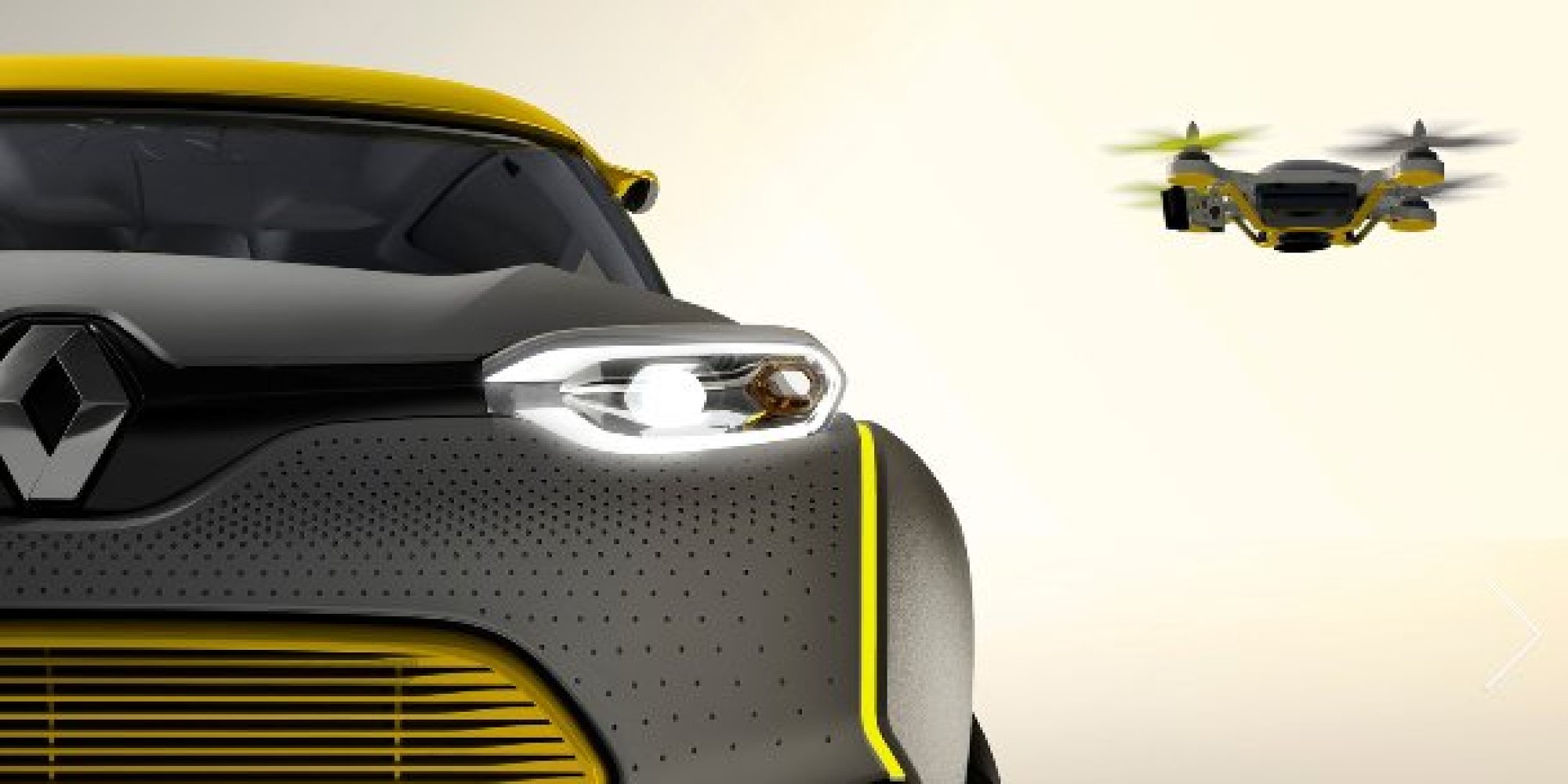Flying car wanted | The future of autonomous driving
Delphi’s automated Audi made a 3,500-mile cross-country trip mostly without driver intervention.
We’ve seen the reports about Delphi’s self-driving car that just made a 3,500-mile trip from San Francisco to New York with almost no human intervention, or the Mercedes-Benz that drove itself around a 62-mile suburban-urban loop in Germany in 2013. But if you’re like most people, you probably think the ability of a car to drive itself (on real roads in real-world conditions) is as far away as a flying car landing in your driveway.
But think again. The idea—and actuality—of “semi-autonomous” driving is already with us.
Distronic Plus active cruise control, which uses a combination of long- and short-range radar to “sense” other vehicles, has been an option on Mercedes-Benz vehicles for nearly a decade. I’ve used the system to handle all acceleration and braking on a 30-mile Detroit-area freeway commute–from 70-mph cruising all the way down to a full stop in stop-and-go congestion and back up to 70 mph–without my feet every touching the pedals. Not just once, but many times, I have relied on this system to take the drudgery out of a daily commute.
Mercedes-Benz’s autonomous S-Class completed a 62-mile trip in 2013.
In 2010, Mercedes added Active Lane Keeping Assist to the portfolio, using braking action to keep a vehicle between the lane markings. But the pinnacle, added just two years ago, is full steering assist that uses the actual steering unit to automatically keep the car centered in the lane and a Stop & Go function that handles braking, acceleration and steering—and can follow the car in front when road markings aren’t visible—in low-speed, high-traffic situations. It alerts when the driver’s hands are off the wheel for too long—in other words, it’s semi-autonomous in that it requires active attention and participation by the driver or it shuts down.
Video: Mercedes-Benz Active Lane Keeping Assist
Other carmakers–from Infiniti with its system that uses radar to “read” the car in front of the car in front of you to Subaru’s excellent Eyesight camera-based system–and suppliers across the globe are working on this technology.
Today, the real-world application of these systems is focused on preventing or mitigating rear-end collisions, or correcting to prevent accidents where the car leaves the lane or road—both of which are becoming all-too-common in our distracted and/or drowsy cockpits.
While these are admirable and achievable semi-autonomous driving objectives, the bigger leap is yet to come: Highly autonomous driving.
While some automakers, like Ford and Nissan, predict full autonomy by 2020, the smart money is on highly autonomous machines that require a driver to be present while the car handles virtually all the tasks of braking, accelerating and steering in simple freeway and two-lane road driving, including reading (or interacting with) road signs and traffic signals.
Continental is already testing its second-generation autonomous car (a Chrysler 300) and the only limitation to putting the technology in the hands of the general public is the need for redundant systems, says Continental’s autonomous systems engineer, Ibro Muharemovic.
“We are concerned that we need to make an autonomous car 100-percent accurate and controlled,” says Muharemovic, “because a failure won’t be considered an accident. It will be a liability.”
That’s the state of the art—systems that will perform in all situations, guaranteed. Until that happens, keep your eyes on the road and your hands on the wheel. But every so often take a glance ahead at the future.





